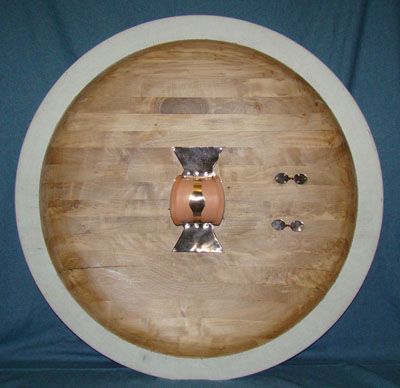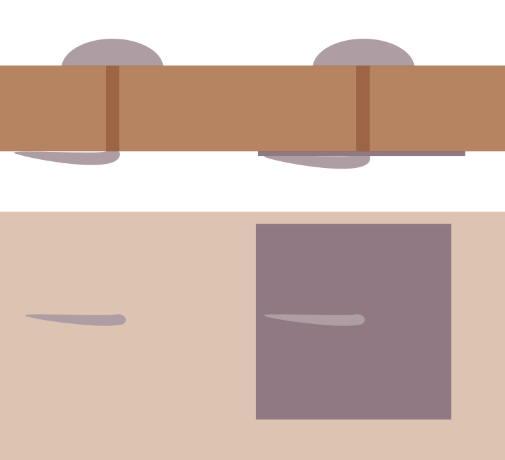Posts: 89 Location: Philadelphia, USA
Thu 11 Oct, 2018 9:42 am
The height and overall health of ancient Eastern Mediterranean folks is a subject that comes up quite often where I volunteer as it's uniquely an archaeology and anthropology museum with a world renowned hospital next door with all kids of technical gadgets to measure long dead bodies.
I can say this for sure, the average person living back then was considerably less healthy than the average person living today in the same region. The science is settled and not at all surprising. The reasons are simple, the "Mediterranean Diet" that is supposed to keep everyone healthy is probably enjoyed by far more folks today than in the distant past, we know what poisons us slowly such as lead and access to healthcare is more widespread.
In the pool of "average" ancient folks are of course millions of slaves, local and imported. Although these would not be used as hoplites in most cases, many lower class free folks would as all one needed was a
shield and spear, for the most part.
It's hard with the limited sample size we have of ancient folks to know what the average person's height was, but we do know a lot about their diets, types of labor and how that impacts the body.
I'm guessing only 2" difference between ancient Greeks/Romans and modern ones is a bit on the low side. When one looks at a lot of ancient Greek helmets in museums it's easy to note how small most are, even if they were to be tight on the noggin. Again a small sample size, but when you consider how small in size many of the other armor artifacts are a picture can be drawn and these guys who had bronze helmets, upper body armor and leg armor were the best fed, healthiest and best trained of the lot.
I'm not saying they were all as tiny as my professor friend, just noticeably shorter.


